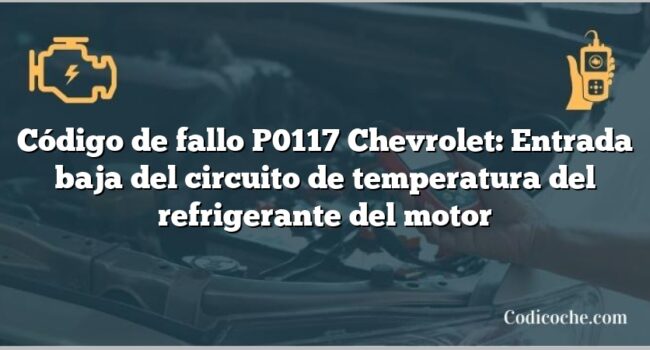
When your Chevrolet's onboard computer triggers the Fault Code C12FF, it's indicating a problem with the brake booster's performance, which can manifest as a spongy brake pedal, unusual brake noise, or longer stopping distances.
This code often accompanies the illumination of the Anti-Lock Brake System (ABS) warning light and Engine Light.
Common causes include vacuum leaks at the brake booster, faulty Electronic Brake Control Module (EBCM), or poor electrical connections.
To diagnose the issue, you'll need to visually examine the wiring harness and connectors, inspect the brake booster, and review the EBCM's input.
If you want to get to the bottom of the issue and find a solution, it's vital to thoroughly investigate the diagnostic procedure and potential fixes.
- Key Takeaways
- Symptoms of the C12FF Chevrolet Code in Chevrolet Vehicles
- Common Causes of the C12FF Chevrolet Code: A Diagnostic Overview
- How to Diagnose the C12FF Chevrolet Code: Step-by-Step Procedure
- Effective Solutions: Repairing the C12FF Chevrolet Code
- Cost Analysis and Essencial Tools for Resolving the C12FF Chevrolet Code
- Preventive Measures to Avoid the C12FF Chevrolet Code in the Future
- Chevrolet Models Most Affected by the C12FF Chevrolet Code
- Related Fault Codes to C12FF Chevrolet Code
- Frequently Asked Questions
- Conclusion
Key Takeaways
- Fault Code C12FF on a Chevrolet indicates a problem with the brake booster performance, causing a spongy brake pedal or unusual brake noise.
- A vacuum leak at the brake booster is a common cause of the C12FF code, which can be detected using a vacuum leak test kit.
- The Electronic Brake Control Module (EBCM) and its harness should be inspected for damage or corrosion, as they can also cause the C12FF code.
- The brake booster pressure sensor may need to be replaced if it's faulty, and damaged components and connector pins should be repaired or replaced.
- A scan tool and factory service manuals are essential for diagnosing and repairing the brake system to resolve the C12FF code.
Symptoms of the C12FF Chevrolet Code in Chevrolet Vehicles
When your Chevrolet vehicle triggers the C12FF code, you may notice a spongy brake pedal, unusual brake noise, or brake performance issues that can compromise your safety on the road. These symptoms can be alarming, but it's vital to understand what's happening with your brake system.
The Anti-Lock Brake System (ABS) warning light and Engine Light (or Service Engine Soon warning light) may illuminate on the dashboard. You may experience a spongy or soft brake pedal. The brake pedal takes longer to stop the vehicle than usual. The vehicle takes longer to stop than usual. You may hear unusual brake noise.
These symptoms indicate a problem with your brake system, which could be related to a faulty Electronic Brake Control Module (EBCM), vacuum leak at the brake booster, or other issues. Key to diagnose and address the problem is to safeguard your safety on the road.
Common Causes of the C12FF Chevrolet Code: A Diagnostic Overview
Your Chevrolet vehicle's Electronic Brake Control Module (EBCM) is responsible for detecting issues in the brake booster system, and it sets the C12FF code when it identifies a problem that needs attention. The EBCM uses input from the brake master cylinder piston position sensor and the brake switch to determine when the brake pedal is being applied and with how much force.
The C12FF code has several common causes:
- Vacuum leak at the brake booster
- Faulty Vacuum Brake Booster Check Valve
- Faulty Electronic Brake Control Module (EBCM)
- Electronic Brake Control Module (EBCM) harness is open or shorted
- Electronic Brake Control Module (EBCM) circuit poor electrical connection
These issues can lead to symptoms like Anti-Lock Brake System (ABS) Warning Light ON, Engine Light ON, brake performance issues, spongy brake pedal, and unusual brake noise.
How to Diagnose the C12FF Chevrolet Code: Step-by-Step Procedure
To diagnose the C12FF code, start by reviewing possible causes and visually examining the corresponding wiring harness and connectors to identify any damaged components or signs of broken, bent, pushed out, or corroded connector pins.
This code is related to the brake booster performance, so you'll want to check the Electronic Brake Control Module (EBCM), brake master cylinder piston, brake pedal, and brake switch.
Check the brake booster for vacuum leaks or a faulty brake booster check valve.
Inspect the wiring harness and connectors for damage or corrosion.
Review the EBCM's input from the brake master cylinder piston position sensor and brake switch.
Consult factory service manuals for further guidance.
Search online for C12FF Chevrolet questions and answers to aid in your diagnosis.
Effective Solutions: Repairing the C12FF Chevrolet Code
Now that you've completed the diagnostic procedure, it's time to focus on repairing the C12FF code by addressing the root cause of the issue.
To effectively solve the problem, you'll need to tackle the underlying faults.
- Check for vacuum leaks at the brake booster and repair or replace the Brake Booster Check Valve as needed.
- Inspect the Electronic Brake Control Module (EBCM) and its harness for damage or corrosion.
- Replace the brake booster pressure sensor if faulty.
- Repair or replace damaged components and connector pins.
- Consult factory service manuals for further guidance on Brake System Repairs, specifically for your Chevrolet Cavalier.
Cost Analysis and Essencial Tools for Resolving the C12FF Chevrolet Code
Diagnosing and resolving the C12FF Chevrolet code can range from moderately to highly expensive, depending on the root cause of the issue and the labor rates in your area. You'll need to weigh the cost of diagnosis, repair, and replacement of faulty components, such as the brake booster or Electronic Brake Control Module (EBCM).
A scan tool to read the diagnostic trouble code (DTC)
Factory service manuals for guidance on repairing the brake system
A vacuum leak test kit to detect any leaks in the brake booster
A multimeter to test electrical connections and circuitry
A brake pedal feel gauge to check the brake pedal's performance
Remember to consult a professional mechanic if you're not familiar with brake repair or diagnosis. They can provide expert guidance and guarantee the job is done correctly.
Preventive Measures to Avoid the C12FF Chevrolet Code in the Future
By incorporating regular brake system maintenance into your routine, you can substantially reduce the likelihood of encountering the C12FF Chevrolet code in the future.
Regularly inspect the brake booster vacuum hose and connections to prevent vacuum leaks.
Certify proper brake pad installation and maintenance to reduce excessive brake pedal travel.
Check the brake master cylinder piston position sensor and brake pedal position sensor for proper function and cleanliness.
Perform routine brake system bleeding and flushing to remove air and debris.
Verify that the Electronic Brake Control Module (EBCM) is properly programmed and configured to prevent software-related issues.
Chevrolet Models Most Affected by the C12FF Chevrolet Code
What makes the 2007-2014 Chevrolet Silverado, 2007-2013 Chevrolet Tahoe, and 2007-2013 Chevrolet Suburban particularly susceptible to the C12FF code?
These models are more prone to experiencing issues with the brake booster performance, leading to the illumination of the ABS light and the setting of the C12FF code.
They've a higher likelihood of developing vacuum leaks in the brake booster.
Their brake booster pressure sensors are more prone to failure.
They've a higher risk of electrical issues in the brake control module.
Their brake pedal is more susceptible to feeling spongy or soft.
They're more likely to have issues with the brake booster vacuum system.
These factors contribute to the C12FF code being triggered, which can lead to decreased brake performance and safety issues.
Several related fault codes can occur alongside the C12FF Chevrolet code, including C0299, C0561, and B1001, which indicate various issues with the brake system and electronic control module.
These codes can help you identify the root cause of the problem and guide your repair.
C0299 indicates a brake booster performance malfunction, often due to a vacuum leak at the brake booster or a faulty EBCM.
C0561 suggests system disabled information stored calibration not learned, possibly caused by incorrect part utilization or failure to perform module learning steps.
B1001 points to an option configuration error, likely resulting from incorrect programming or setup of the EBCM.
C12FF itself is related to electronic brake control module non-volatile RAM malfunction.
Understanding these related fault codes can help you diagnose and fix the issue with your Chevrolet's brake performance.
Frequently Asked Questions
What Are the Symptoms of a Faulty Vacuum Brake Booster?
A faulty vacuum brake booster can cause a spongy feel when pressing the brake pedal, which is often due to low pressure or vacuum leaks.
This can lead to increased stopping distance, making it harder to stop your vehicle.
Other signs of a faulty vacuum brake booster include air leaks, a faulty diaphragm, or issues with brake assist.
These problems can affect brake performance and compromise the overall safety of your vehicle.
If left unchecked, a faulty vacuum brake booster can lead to severe brake system compromise, making it essential to address any issues promptly to ensure your vehicle's brakes are functioning properly.
How Do I Know if My Brake Booster or Master Cylinder Is Bad?
To diagnose a bad brake booster or master cylinder, pay attention to your brake pedal feel - is it spongy or soft? Check for a master cylinder leak or booster vacuum leak by inspecting the brake fluid level.
A brake system inspection can help identify the issue.
If it's the booster, consider repair options or replacement, which can cost around $200-$500.
Use booster diagnostic tools to pinpoint the problem and determine the best course of action.
Where Is the Vacuum Brake Booster Pressure Sensor?
Consult your vehicle's booster location diagrams, sensor wiring diagrams, and brake system schematics to find the vacuum brake booster pressure sensor.
These resources are available in your owner's manual or online repair resources.
The diagrams will help you identify the sensor's exact location and its connection to the brake system.
Once you've located the sensor, you can perform vacuum pressure tests to diagnose any issues.
Refer to sensor troubleshooting guides to identify and resolve problems.
These guides will provide you with the necessary steps to troubleshoot and fix issues related to the vacuum brake booster pressure sensor.
Can I Drive With a Bad Brake Booster?
Driving with a bad brake booster isn't recommended. It increases road risks, making it harder to maintain a safe distance, especially in bad weather or during emergency stops.
Brake failure is a significant concern when driving with a faulty brake booster. This can lead to accidents, which can result in damage to your vehicle, injury, or even loss of life.
It's essential to prioritize driving safety and get your vehicle inspected to avoid accidents. Have your brake booster checked and repaired or replaced if necessary to ensure your safety on the road.
Conclusion
You now have a solid understanding of the symptoms, causes, diagnosis, and repair of the C12FF Chevrolet code brake booster performance issue.
Address this problem promptly to guarantee your safety on the road. Delaying repairs can lead to further damage and compromise your vehicle's braking performance.
With the right tools and knowledge, you'll be able to tackle any brake-related issues that come your way, confident in your ability to diagnose and repair brake booster performance problems.
Si quieres conocer otros artículos parecidos a Fault Code C12FF Chevrolet: Brake Booster Performance puedes visitar la categoría Chevrolet.
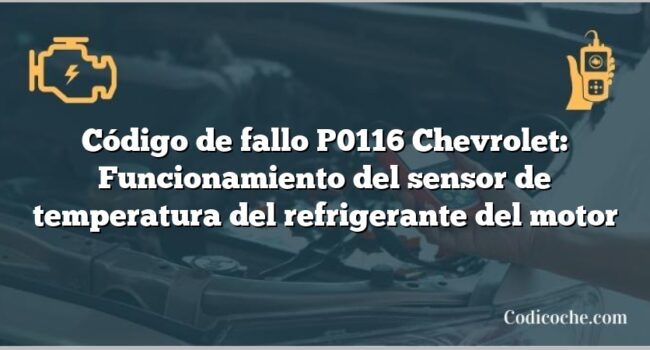
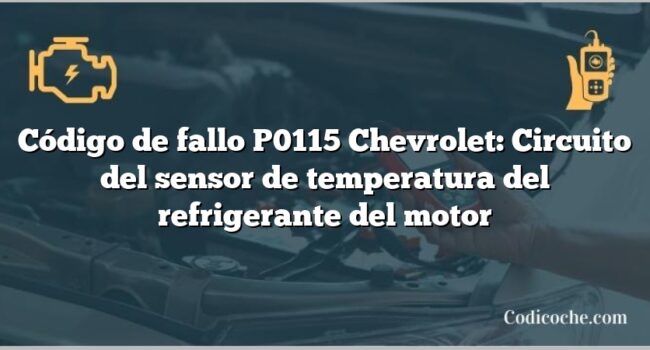
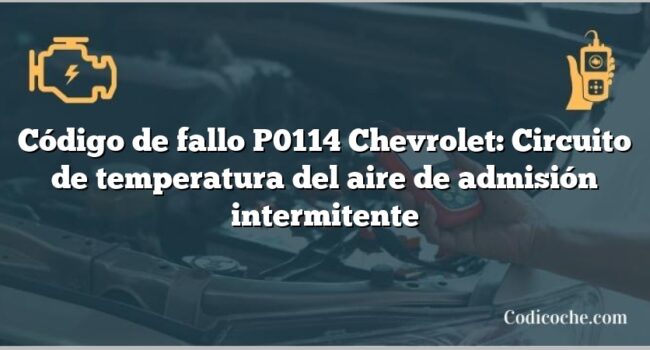
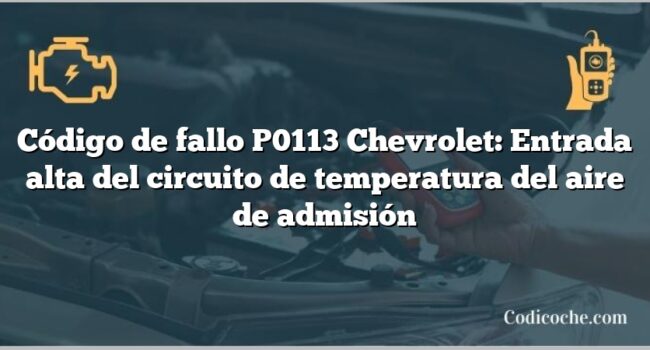
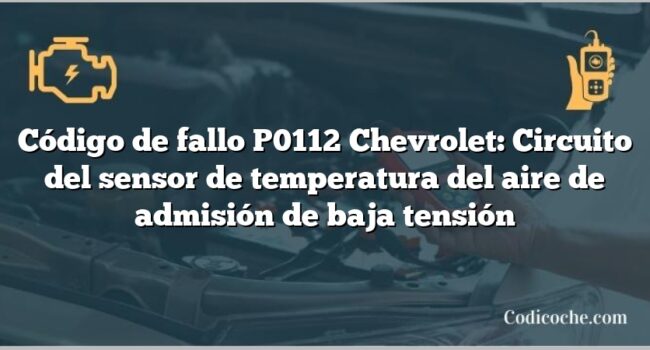
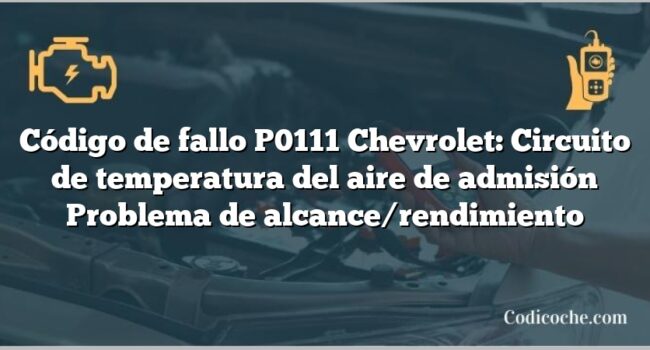
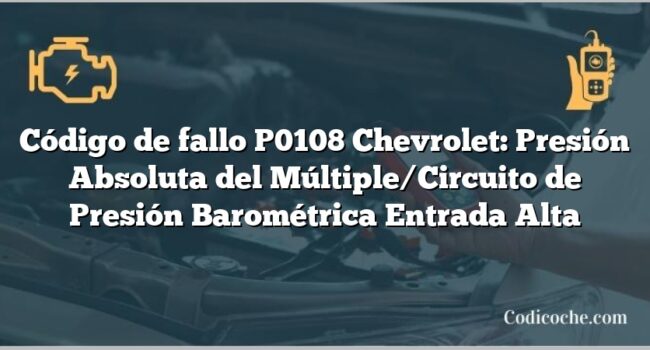
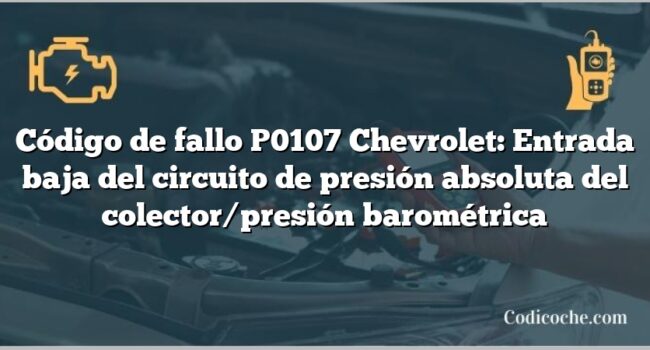

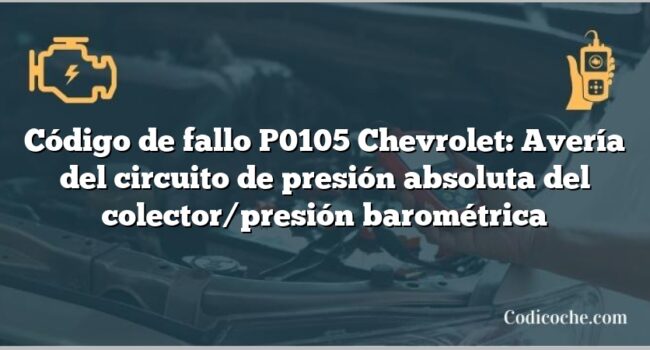
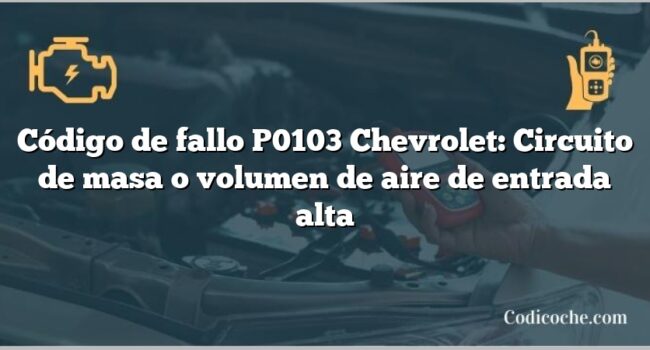
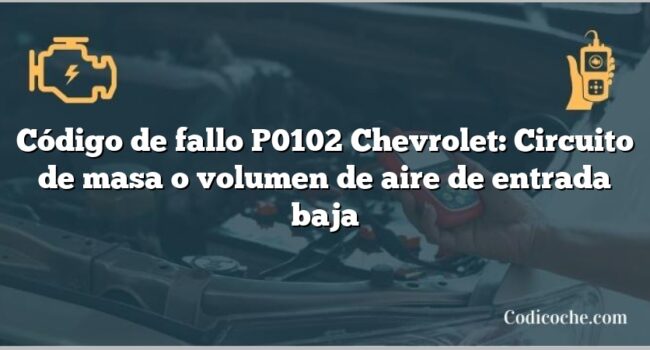
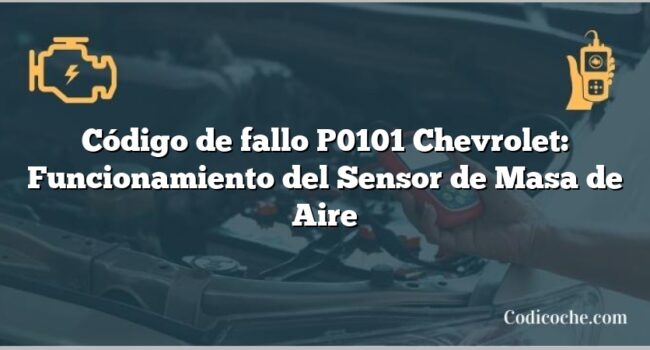
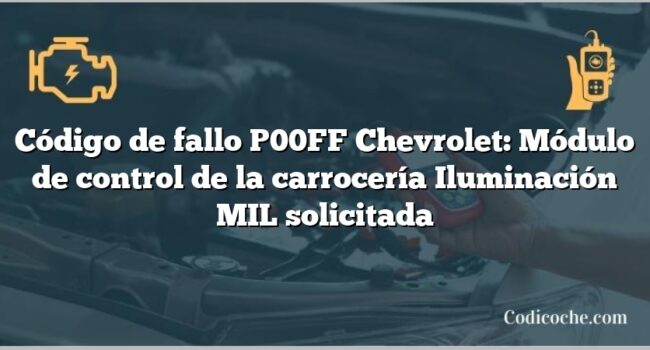
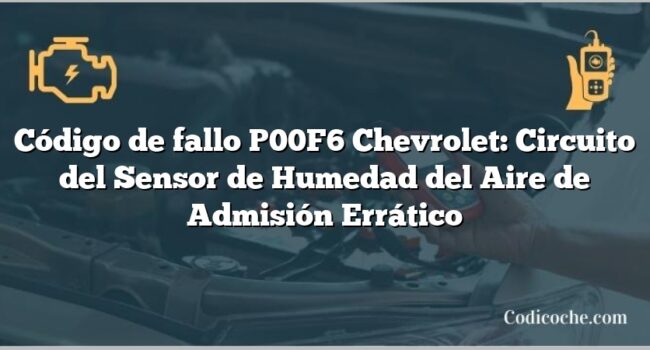
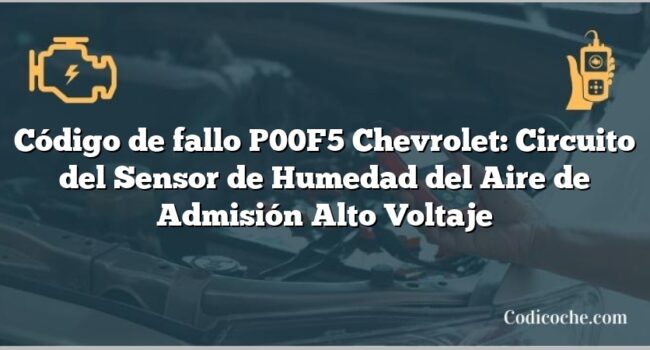
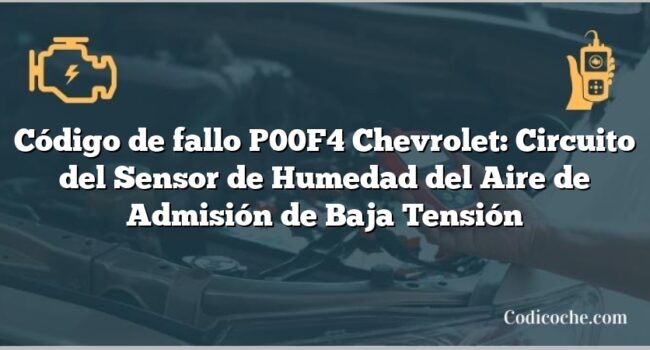
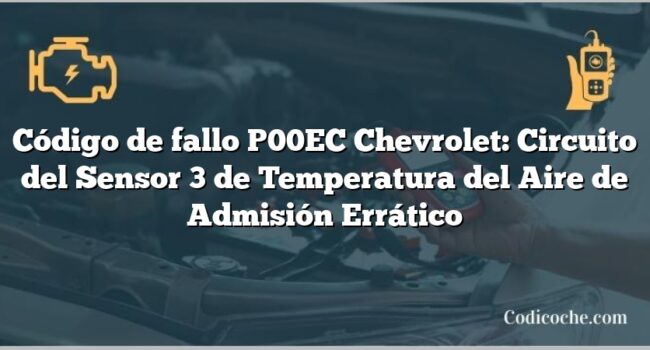
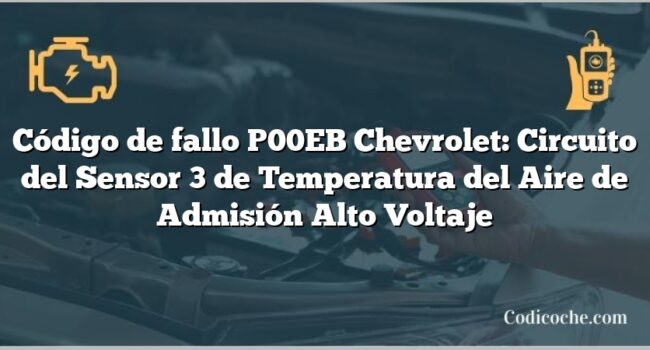
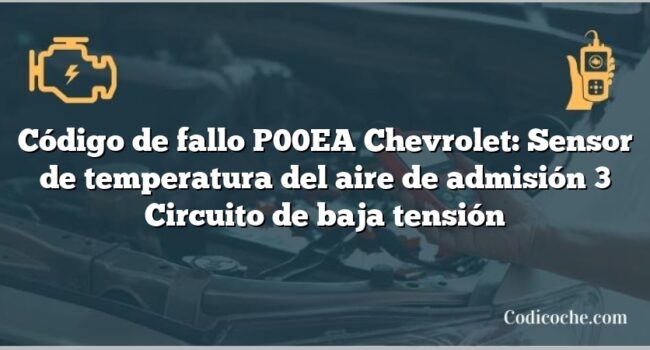
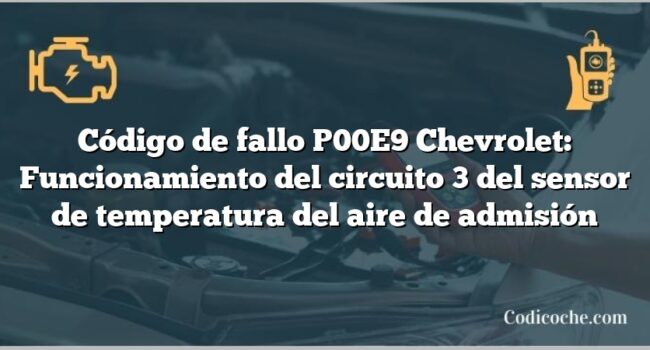
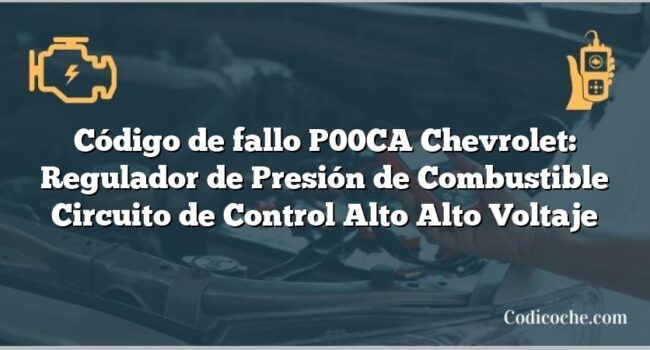
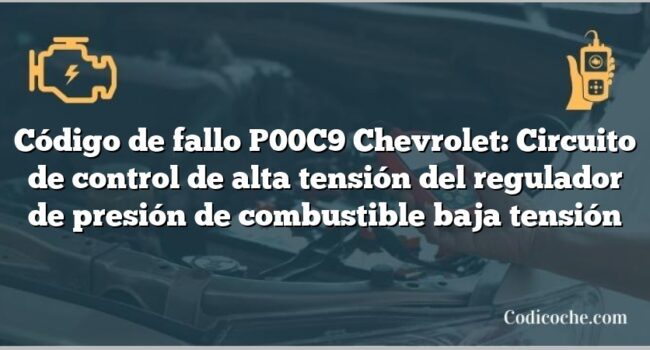
También te puede interesar: